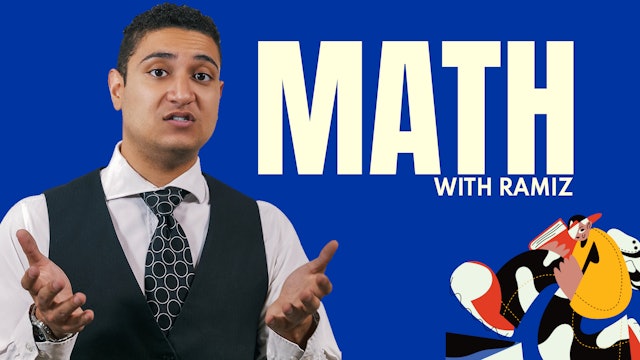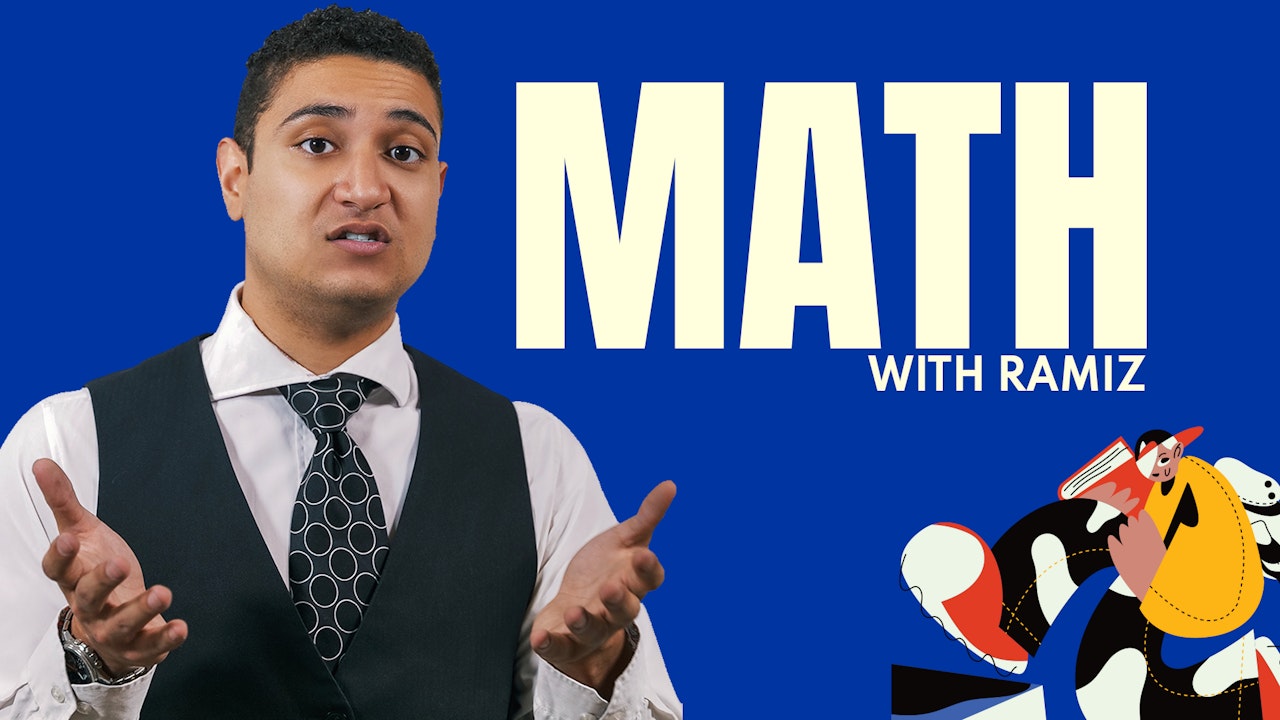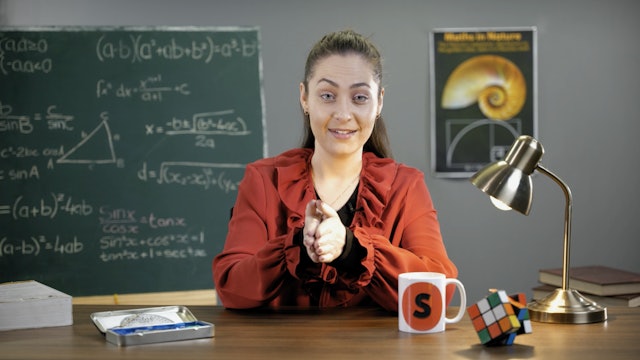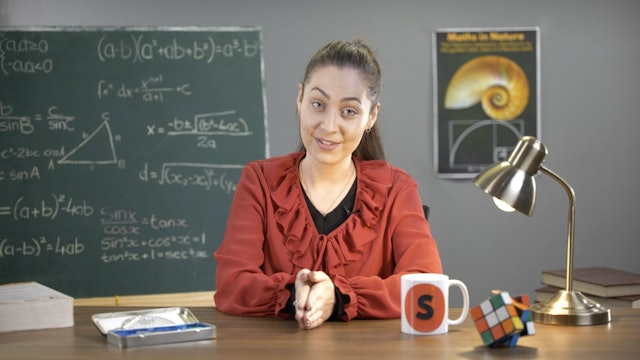Grade 8 Mathematics
4 Seasons
Mathematical concepts and techniques are used in various contexts to solve problems. The mental processes involved in mathematics play a key role in enhancing accuracy, critical and logical thinking skills, as well as problem solving abilities. Having these skills is not only beneficial for mathematics, but this training of the brain contributes to decision making and problem solving across various subjects, in everyday life and in any career you may pursue later in life.
There are five core areas which are covered, namely:
Numbers, operations and relationships
Patterns, functions and algebra
Space and shape (geometry)
Measurement
Data handling
-
Algebraic Equations Part1: Multiplicative and Additive Inverse
Episode 1
Focusing on multiplicative, and additive inverse we look at Algebraic Equations once again. By the end of this lesson you will know how to solve equations with these techniques. Revisiting the laws of exponents will be beneficial for this lesson.
-
Algebraic Equations Part 2: Substitution
Episode 2
Using substitution to solve algebraic equations. By the end of this lesson, you will be able to solve complex equations, using the substitution method. Before we start our lesson, did you know that cardiac surgeons use many mathematical techniques and processes, in order to assess the variable of...
-
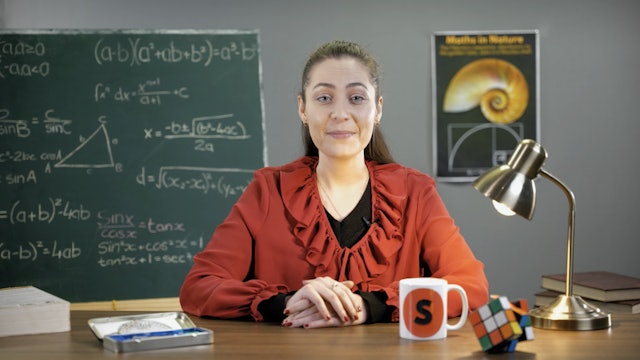 06:42Episode 3
06:42Episode 3Algebraic Equations Part 3: Exponents
Episode 3
Solving algebraic equations is a fundamental skill, which is used in many areas of mathematics, and in other fields. In this unit you will learn some techniques, which can be used to solve equations.
-
 06:30Episode 4
06:30Episode 4Geometry of Straight Lines Part 1
Episode 4
Learn more about the geometry of straight lines, and we will focus on the relationship between angles formed by perpendicular lines, and intersecting lines. By the end of this lesson, you will be able to describe, and apply these. But before we start our lesson, did you know that astronomers use ...
-
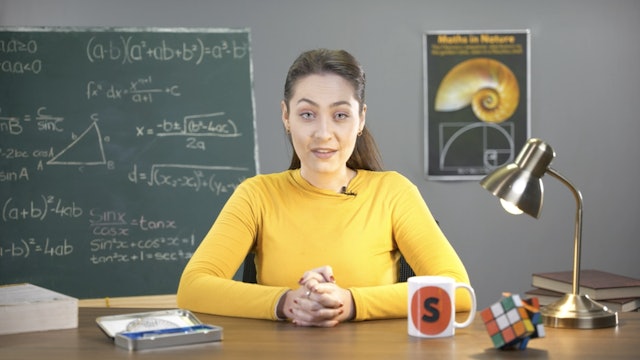 05:27Episode 5
05:27Episode 5Geometry of Straight Lines Part 2
Episode 5
Did you know that bankers, and financial analysts, use formulas, to calculate interest and loans. To continue from the previous lesson we will learn more about the geometry of straight lines, and the relationship between angles, formed by parallel lines, and cut by a transversal. By the end of th...
-
 05:19Episode 6
05:19Episode 6Geometry of 2D Part 1
Episode 6
We will focus on the definitions and properties of quadrilaterals. By the end of this lesson, you will be able to find definitions and properties of quadrilaterals.
-
 06:21Episode 7
06:21Episode 7Geometry of 2D Part 2
Episode 7
We will be focusing on defining properties of triangles, similar and congruent triangles, and solving geometric problems. By the end of this lesson, you will be able to find and describe similar and congruent triangles, you will also be able to use properties, of different shapes, to solve problems.

